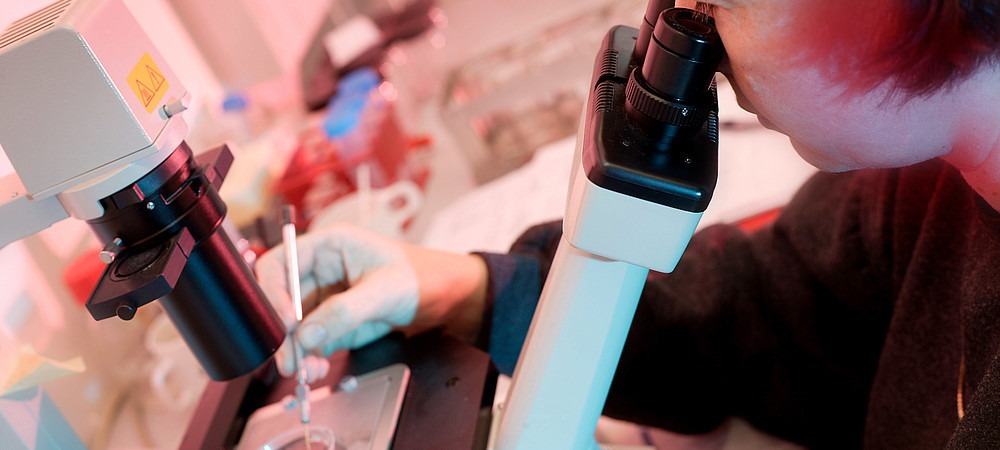Greenhouse horticulture has the ambition to achieve virtually zero emissions by 2027. Discharge may be necessary because companies cannot rule out the possibility that the water contains pathogenic viruses. Even in case of doubt, the risk will not be taken and the water will be discharged as a precaution. Growers need a real-time measurement of whether the water is contaminated by viruses. Within a recently started project, a biosensor is being developed for the detection of viruses in water.
Cause
Growers indicate that not knowing for sure whether or not a pathogenic virus is present in the water can be a reason for discharging. Currently, on farms, water samples are routinely examined by laboratories. As a result, only a limited volume of the water flow can be examined. In addition, the turnover rate is several days. In various situations this is too long so that, in order to rule out risk, discharge is carried out.
Measuring virus in water
The kick-off meeting of the 'Virus sensor development' project was recently held. The aim of the project is the development of a prototype optical biosensor, as a demonstrator, to be able to detect a virus in water flows at greenhouse horticulture companies.
Many viruses in horticulture can (also) be spread via water. The risk of viruses is an obstacle to optimal reuse of water. With a biosensor, risks related to viruses in water can be better controlled. This project provides the grower with a reliable way to continuously detect the presence of viruses in water. This could include measuring viruses in the greenhouse, for example after the disinfectant, to check whether the disinfectant has sufficiently killed the virus. The outlet water (irrigation water) can also be measured. In this way, water with virus can be prevented from being introduced into the company. Symptoms in the crop are often only visible when it is too late, early detection can prevent a lot of misery.
Two model viruses
In this project, virus detection is investigated on a laboratory scale using two model viruses, namely cucumber variegated virus and PlamV. On the basis of criteria such as sensitivity, cost price and (expected) route to commercialization, the most promising application will be further developed in the final phase of this project for testing in practice.
Growers within the Water entrepreneurial group have indicated that it is essential that the sensor makes a difference between virus material that can cause infections and virus material that is not capable of doing so. An important go/no-go moment has been included within the project for this; within six months it should be clear whether such a distinction is feasible.
Financing and execution
This project is financed by the Knowledge in your greenhouse Foundation, Plantum, Stimuflori, Stowa, the Horticulture Top Sector and the Water Top Sector. This project is also made possible with the cooperation of Sendot Research, Groen Agro Control and Greenhouse Horticulture Netherlands. The implementation of this project is in the hands of SCFF, KWR Water Research Institute and TNO.
Find out more about this project?
The sector is regularly informed about the progress of the project via the Greenhouse Horticulture Waterproof news email. A project page has also been created for this project, see link below.
Source: Innovation project Development of virus sensor starts: Greenhouse Horticulture Waterproof
